These plants are all NATIVE to Florida, so if you put them in the right spot, they probably won’t need fertilizers, chemicals or regular watering to grow. Some have become rare so you’ll be helping them out by planting them. As a bonus, these were chosen because they’re especially valuable to Florida's birds, bees, butterflies and other animals. Planting a few in your yard will help with the natural water cycle — and help native wildlife as well.
Florida Flowers
Butterfly weed
Asclepias tuberose
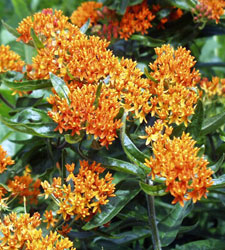
This beautiful plant has orange or red flowers during the spring, summer and fall. That’s good news for butterflies and will attract them to your yard. Butterfly weed prefers medium salty, acidic soil and can handle dry to moist conditions in full or partial sun.
Cardinal flower
Lobelia cardinalis
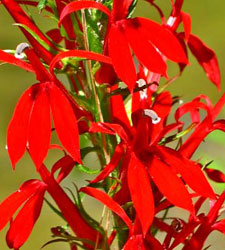
This plant was named for its intensely red flowers, which will show throughout spring, summer and fall. Hummingbirds find their nectar tasty, so planting cardinal flowers will likely attract the buzzing little birds to your yard. Cardinal flowers prefer low-salt soil, moist-to-wet conditions and full or partial sun.
Climbing aster
Aster carolinianus
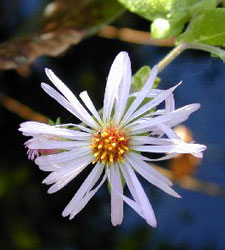
This flower blooms in the fall and comes in a variety of colors. Florida has lots of asters — about 25 different types. This common one will climb things or grow into a bush if you let it. Monarch butterflies like it for nectar. It prefers moist or wet sandy soil without much salt in full or partial sun.
Stretchy Vines and Creeping Groundcovers
Passion flower
Passiflora incarnate
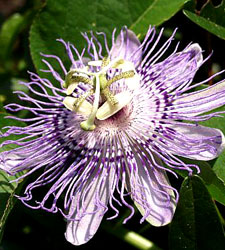
Sometimes called maypop or apricot vine, these plants are known for their big, show-off flowers and the fruit they produce. They help feed wildlife, including caterpillars on their way to becoming butterflies. They grow fast in low-salt soil, dry to moist conditions and full or partial sunlight.
Sea oats
Uniola paniculata
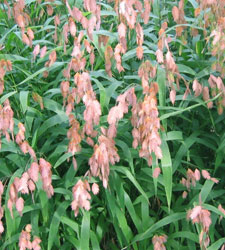
If you’re lucky enough to live by the beach, you’ve probably heard about sea oats. This big grassy ground cover is so good at stabilizing dunes, it’s protected by law. It grows in salty, dry soil in full sunlight.
Powderpuff
Mimosa strigillosa
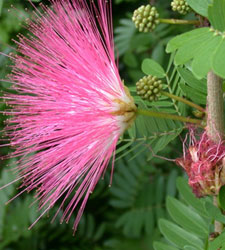
How can you resist a pink-flowered plant named “powderpuff”? This beautiful ground cover grows very quickly in moist, sunny areas.
Coontie
Zamia floridana
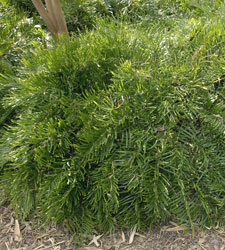
The Seminoles and earlier Native Americans in Florida used this plant’s roots to make flour. It also gets called koontie, contie, Indian bread root, wild sago or Florida arrowroot. Though it sort of looks like a small palm, it’s America’s only cycad, an ancient group of plants that were a lot more common when dinosaurs were stomping around. It is very hardy, drought- and salt-tolerant and likes partial sun.
Shrubs
American beautyberry
Callicarpa americana
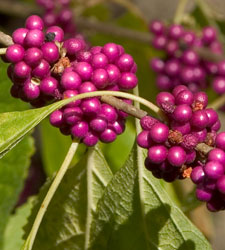
Feeling patriotic? You should plant some beautiful American beautyberry in your yard. Not only would you end up with flowers in the spring, you’d get a bush with amazing purple berries in the summer, which could make a whole bunch of birds and animals happy. Beautyberry grows fast in low-salt, moist-to-dry soil and partial sunlight.
Seagrape
Coccoloba uvifera
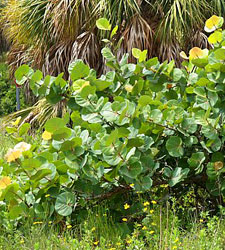
People love this coastal plant for its huge green leaves and edible fruit. Birds, butterflies, squirrels and even turtles also love the fruit, so planting some in your yard will make it a popular place. Seagrape can handle salty soils that are moist to dry, and loves full sunlight.
Coral bean
Erythrina herbacea
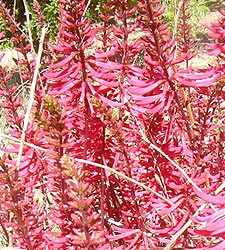
This colorful bush has red flowers in the spring and flashy fruits, but watch out — it has thorns, and if you eat the beans, you’ll get sick. Butterflies, tortoises and rabbits might all visit for a meal though, they like the beans. Plant coral bean bushes in moderately salty, moist-to-dry soils. They like partial or full sunlight.
Real Florida Palms
Florida is famous for palm trees, but many of the ones you see planted around town aren’t native at all. Here are a few palm-like bushes and trees that really are from Florida.
Saw palmetto
Serenoa repens
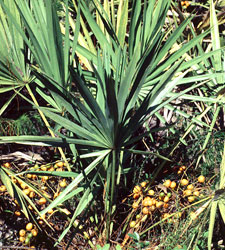
This amazing bush grows all over Florida. Gopher tortoises and all kinds of birds love its fruit, and bears will eat the "heart of palm" middle, though you probably don't have to worry about bears visiting your yard just for that. Saw palmettos can grow in salty soils that are dry to soaked, and can withstand drought well in full or partial sunlight.
Buccaneer palm
Pseudophoenix sargentii
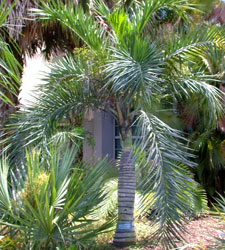
Whether you like football, pirates or palms, this endangered tree would be an interesting addition to your yard. It likes sandy, salty soils that are dry to moist, but grows very slowly.
Cabbage palm
Sabal palmetto
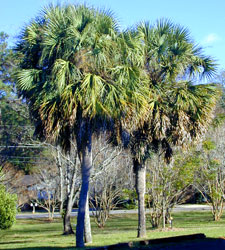
How about the state tree in your yard? Birds and squirrels love the fruit and the trees make good nests and are surprisingly resistant to wind. Cabbage palms like salty soils that are dry to wet in full or partial sun.
Trees
For many people, trees make a yard much more natural, beautiful and interesting. If you’d like to have trees that help out your watershed too, consider these.
Wild lime
Zanthoxylum fagara
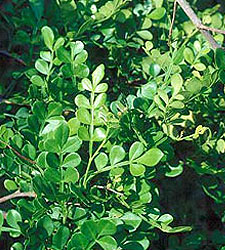
This thorny tree sure smells like limes, which probably helps attract butterflies and birds. It grows in salty, moist-to-dry soils in partial to full sunlight.
Southern crabapple
Malus angustifolia
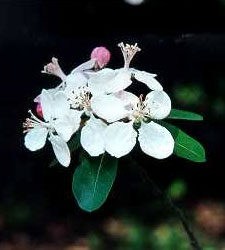
The apples on this short, prickly tree will make your eyes water because they’re so sour, but there are plenty of birds that don’t mind a bit. It grows in low-salt soils that are moist to wet in full or partial sunlight.
Red bay
Persea borbonia
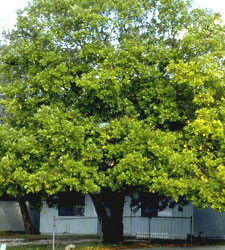
Do you like singing birds? Well, they like the fruit of this tree so you might hear more birdsongs with a red bay in your yard. The leaves are great in spaghetti sauce too. Plant one if you have sandy, salty, acidic soil that is moist to dry in full to partial sunlight.
Eastern hop hornbeam
Ostrya virginiana
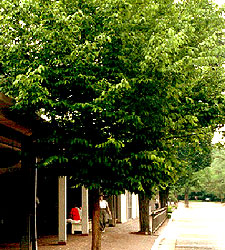
These birch trees provide food for all kinds of feathery visitors, from songbirds right through to wild turkeys. It’s not just birds that chow down though — butterfly caterpillars, deer and small mammals will appreciate them as well. Eastern hop hornbeams like low-salt, moist-to-dry soil in shade or sun.
